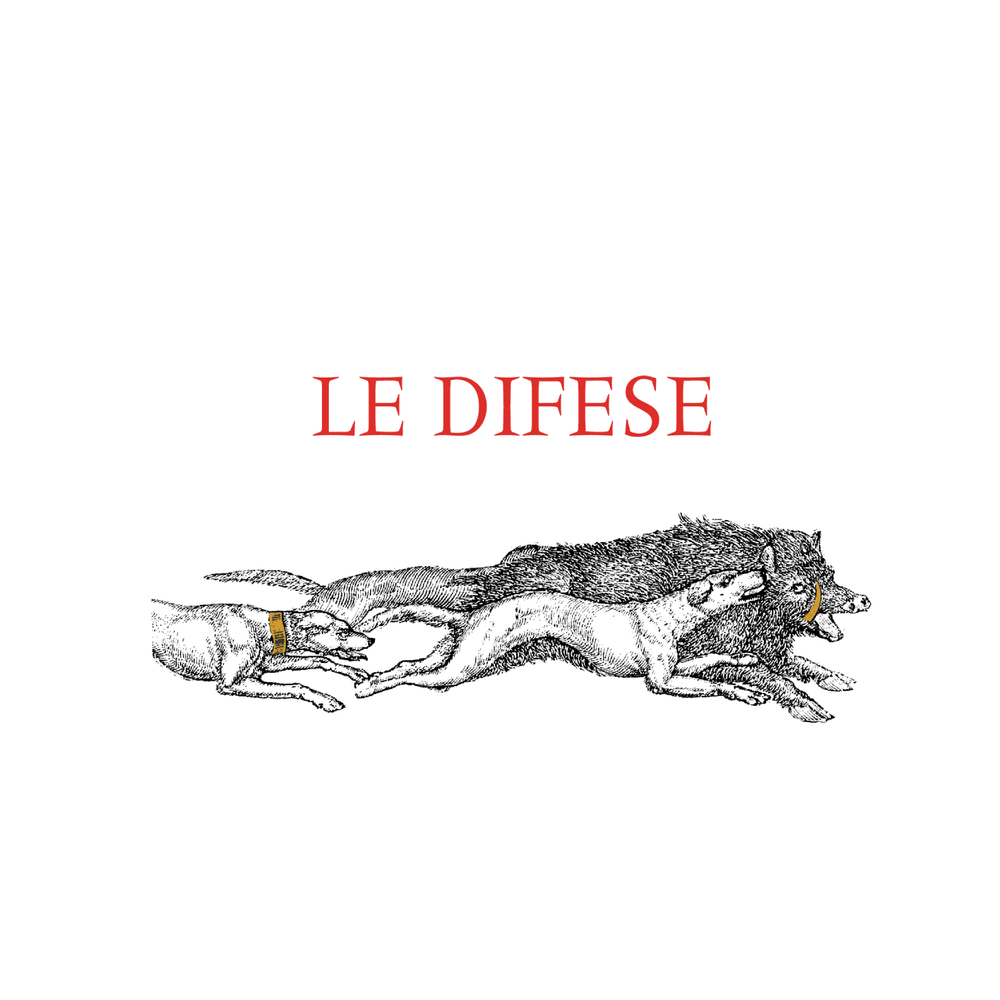Data Sheet
LE DIFESE 2017
CLASSIFICATION
IGT - Toscana
FIRST VINTAGE ON THE MARKET
2002
GRAPES
Cabernet Sauvignon, Sangiovese

Le Difese
SOIL STYLE
The soils on which the vineyards stand has varied and complex terrain features with a strong presence of limestone, feature areas rich in marl and pebbles as well as being partly clayey; they sit at an altitude of between 100 and 300 metres above sea level, with a south/south-west exposure.
WEATHER TRENDS
2017 was rather warm, but in many respects substantially different to previous years, such as 2003 or 2012. The autumn and the first part of the winter were characterised by cold temperatures, affected by tramontana winds and average rainfall. These conditions allowed for a vegetative halt, contained the main vine pests and kept soil water reserves in balance.
The bizarre weather at the beginning of spring, with temperatures that were already well above average at the end of March, conditioned the good flowering but also the fruit set, resulting in smaller bunches and fewer grapes.
The summer continued with sunny days, warm temperatures and no rain until the end of July. In mid-August, with the start of the phenolic ripening of the grapes, the arrival of a disturbance from the Atlantic, which brought rain for 2 or 3 days and caused temperatures to drop significantly, created the ideal conditions to favour the completion of the phenolic ripening of the grapes, rather than the technical ripening.
The fluctuating day and night temperatures that occurred from mid-August until the end of September favoured the development of primary and secondary aromas, and equally determined the rise in acidity that was truly indispensable to give freshness and elegance to the musts.
HARVESTING
Harvesting, strictly by hand, began in early September with the Cabernet grapes and was completed at the end of the month with the Sangiovese grapes.
FERMENTATION
Careful selection and sorting of the bunches by hand. Soft destemming of the grapes.
Primary fermentation took place in stainless steel vats at a controlled temperature (27-28°C). Maceration on the skins for 13-15 days for the Cabernet Sauvignon and for about 14-18 days for the Sangiovese, with successive phases of pumping over and frequent deléstage to stimulate aromatic extraction and soften the tannins. Malolactic fermentation was carried out in steel and concluded towards the end of November.
AGEING
At the end of the malolactic fermentation, the wine remains in steel for about 3-4 months and temperatures are kept around 10 ° C. Periodic decanting is carried out to eliminate the sediments. The wine then undergoes an aging in wood, with French oak barriques previously used for Sassicaia and Guidalberto, for an average period ranging from 6 to 8 months. At the end of the aging period in wood, the wine returns into the steel tanks where the temperature is stabilized for about 20 days at around 4-5 ° C for the necessary tartaric stabilization, before bottling.